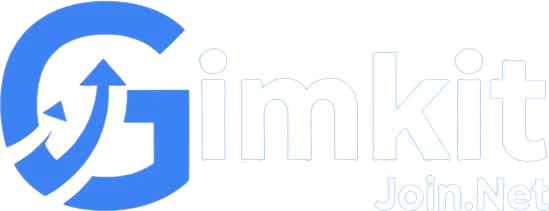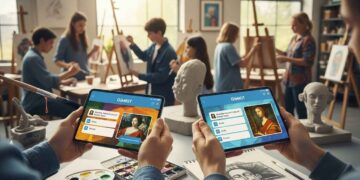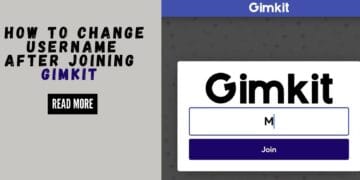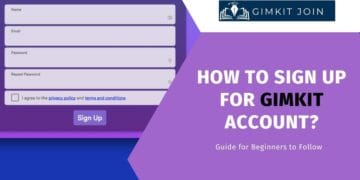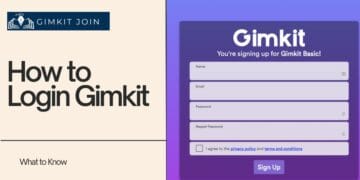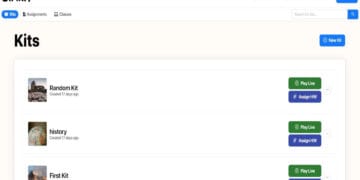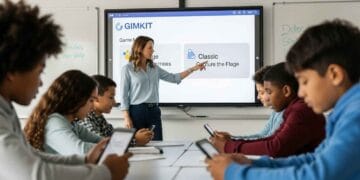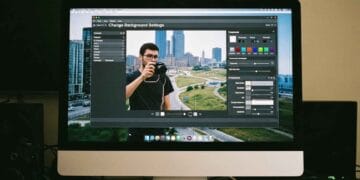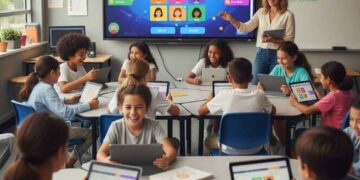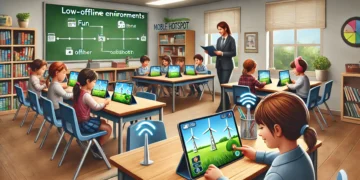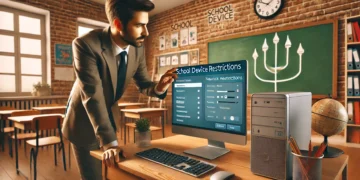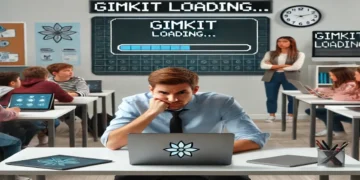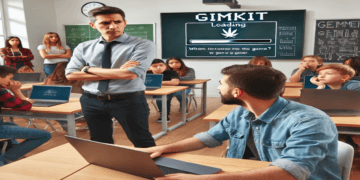Quick Answer: How to Use Gimkit with Flip and Padlet
The most effective way to use Gimkit with Flipgrid and Padlet is through a blended EdTech strategy known as Tool Stacking:
- Padlet (Pre-Game): Use Padlet for collaborative, asynchronous learning to brainstorm, research, or define vocabulary before a Gimkit game. This builds the foundational knowledge required for the quiz.
- Gimkit (The Practice): Use Gimkit game modes (like Trust No One or Classic) for high-energy, synchronous practice and immediate formative assessment.
- Flip (Post-Game Reflection): Use Flip (formerly Flipgrid) for multimodal learning reflection. Students record a short video explaining their toughest question, an “Aha!” moment, or a creative expression of a new concept, fostering student voice and peer feedback.
This Flipgrid Padlet Gimkit integration guide focuses on creating dynamic, high-engagement collaborative learning tools together, ensuring learning goes beyond quick recall into deep conceptual understanding.
The EdTech Revolution: Why Gimkit Alone Isn’t Enough for 21st-Century Skills
Gimkit is an undeniable powerhouse in the classroom. Its blend of fast-paced games and academic content makes it a staple for student engagement. Quick reviews become a blast, and test prep is less of a sweat. However, to cultivate essential 21st-century skills like collaboration, critical thinking, and communication, the learning experience must extend beyond the individual screen.
The modern classroom requires a shift from solo practice to collaborative learning tools together. While Gimkit excels at individual fluency and rapid-fire review, it often falls short in fostering deep, sustained peer learning and rich student discussion. Even “Team Mode” often boils down to an aggregate of individual scores, not genuine intellectual teamwork. For a broader look at Gimkit’s place in your curriculum, you can explore other edtech tool integration ideas that pair well with its gamified environment.
To truly transform learning and create a robust digital workflow, we must look toward EdTech tool integration classroom strategies. This process, often called tool stacking, uses each platform’s unique strengths to cover the entire learning cycle: pre-assessment, practice, reflection, and peer feedback.
The Power Trio: Gimkit, Flip, and Padlet
Our dream team consists of three champions, designed to support a seamless Gimkit for blended learning model:
By strategically combining Gimkit with other tools, we can unlock a new level of classroom synergy.
A Note on Flipgrid: As of this update, Flipgrid is now part of Microsoft Flip. The core functionality of short, engaging video response remains the same. The strategies outlined below are fully compatible with Microsoft Flip and any similar mobile learning apps focused on video communication (e.g., Screencastify, Loom). When planning remote lessons, remember that combining these digital tools requires thoughtful use of video conferencing tools like Zoom or Google Meet to manage the flow between the apps.
The Pedagogical Justification: Tool Stacking for Deeper Learning (E-E-A-T)
Why is the strategy of combining gamification and collaboration tools so powerful? It aligns directly with established educational frameworks:

1. Moving Up Bloom’s Taxonomy
- Gimkit operates primarily at the Remembering and Understanding levels (recall facts, demonstrate comprehension).
- Padlet facilitates Applying and Analyzing (organizing data, comparing ideas).
- Flip pushes students to the Evaluating and Creating levels (justifying their answers, constructing new knowledge, delivering creative expression).
2. The SAMR Model of Tech Integration
This integration moves the lesson from mere Substitution (Gimkit replaces a paper quiz) to Redefinition (a new task, like a group-created knowledge base followed by video reflection, that was impossible without technology). This shift is the hallmark of effective EdTech tool integration.
3. Fostering Social-Emotional Learning (SEL)
These tools inherently foster SEL. Padlet requires consensus on organizing information, and Flip demands students practice communication skills and active listening to provide meaningful peer feedback. This builds the crucial collaboration skills the 21st-century workforce demands. This combination is one of the many powerful strategies for student engagement that leverages collaborative technology.
Teamwork Idea 1: Gimkit + Padlet for Collaborative Knowledge Construction (The “Padlet Prep & Practice” Model)
This model is a game-changer for inquiry-based learning and project-based assignments, focusing on using Padlet to build a shared knowledge base before engaging in the competitive fun of Gimkit. This is key for multi-tool lesson planning EdTech. For teachers who are already familiar with the visual whiteboard concept, integrating Padlet is similar to linking other visual collaboration tools like Padlet into your workflow.

Phase 1: Collaborative Research & Idea Generation (Padlet)
Goal: Teams build, research, and validate the knowledge required for the Gimkit game, moving the learning from individual reading to active, social construction.
Phase 2: High-Stakes Practice (Gimkit)
Goal: Immediately assess whether students successfully internalized the content they just collaboratively produced.
- Recommended Mode: Trust No One or Classic Mode with the Infection power-up.
- Strategy: Run a short (10-15 minute) Gimkit game using the questions derived from the Padlet. The intensity of the game reinforces the vocabulary and concepts learned just moments before.
- Why it works: The cognitive load associated with the game solidifies the information for long-term memory. Since they helped create the content, engagement remains high. This is true collaborative learning with Gimkit.
Teamwork Idea 2: Gimkit + Flip for Multimodal Reflection (The “Gimkit & Reflect” Model)
This model focuses on using Flip (formerly Flipgrid) after the intense Gimkit game to facilitate multimodal learning and turn data points (scores) into actionable insight (reflection). This addresses the long-tail keyword: how to use Gimkit with Flipgrid.
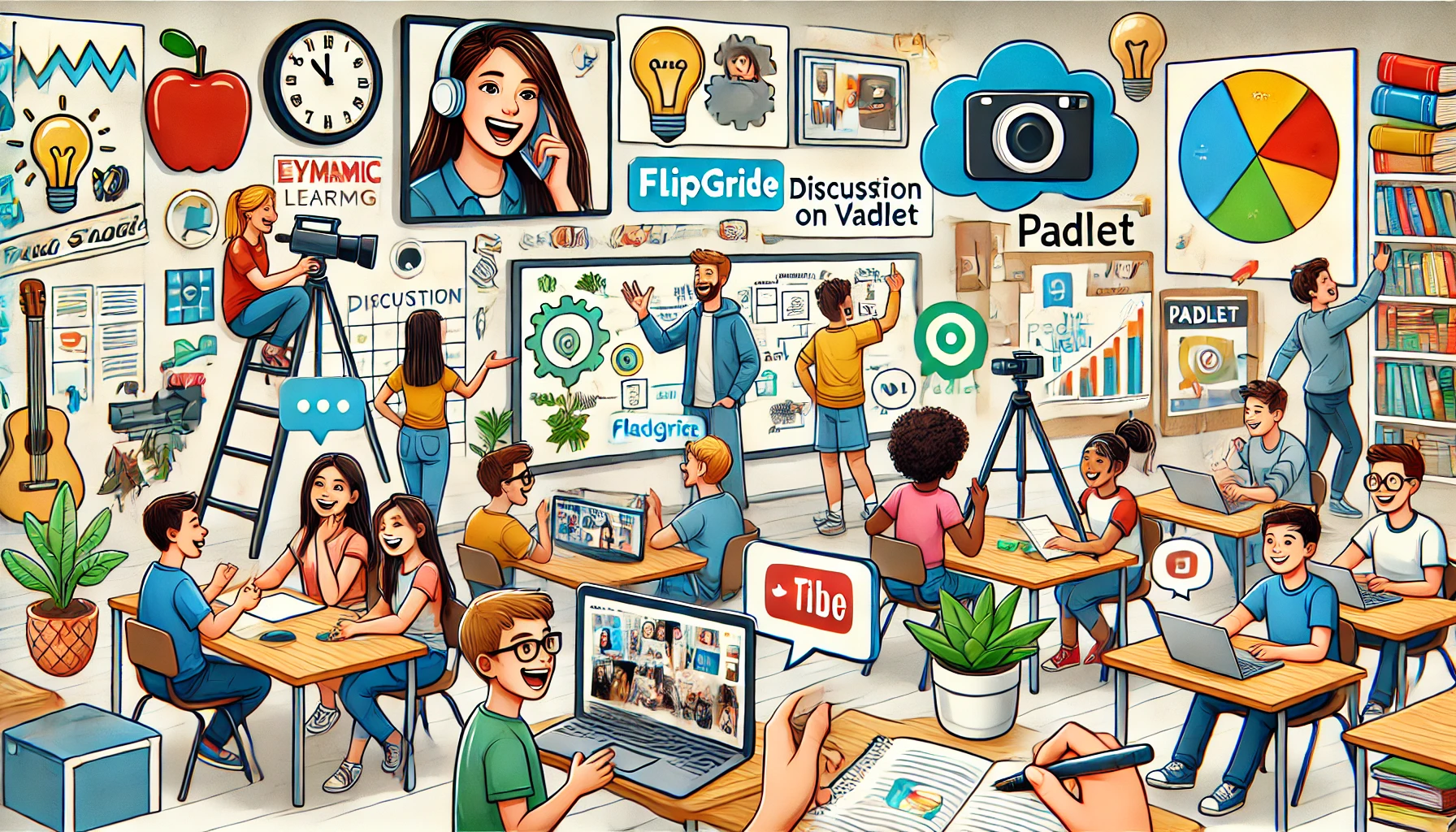
Phase 1: High-Effort Retrieval Practice (Gimkit)
Goal: Generate immediate performance data and identify specific learning gaps that will be addressed in the reflection phase.
- Strategy: Play any Gimkit game mode (Team Mode is great for this). Ensure the question set focuses on the unit’s most difficult concepts.
- Teacher Action: After the game, use the Gimkit report to identify the three most-missed questions or concepts. This process helps you transition your activity from basic quizzing to using Flipgrid or Padlet to collect student reflections and discussions.
Phase 2: Asynchronous & Creative Reflection (Flip)
Goal: Students use their student voice to analyze their performance, reducing anxiety and promoting metacognition.
The Peer Feedback Loop (Flip)
Encourage students to use Flip’s video response feature to offer constructive peer feedback on each other’s reflection videos. This creates a highly engaging, low-stakes environment for students to share ideas and refine their understanding in a truly collaborative fashion.
Deep Dive: Advanced Strategies for Blended EdTech Lesson Design
To fully leverage the power of blended EdTech strategies, teachers must move beyond simple sequencing and focus on creating a cohesive learning ecosystem where the tools talk to each other conceptually.
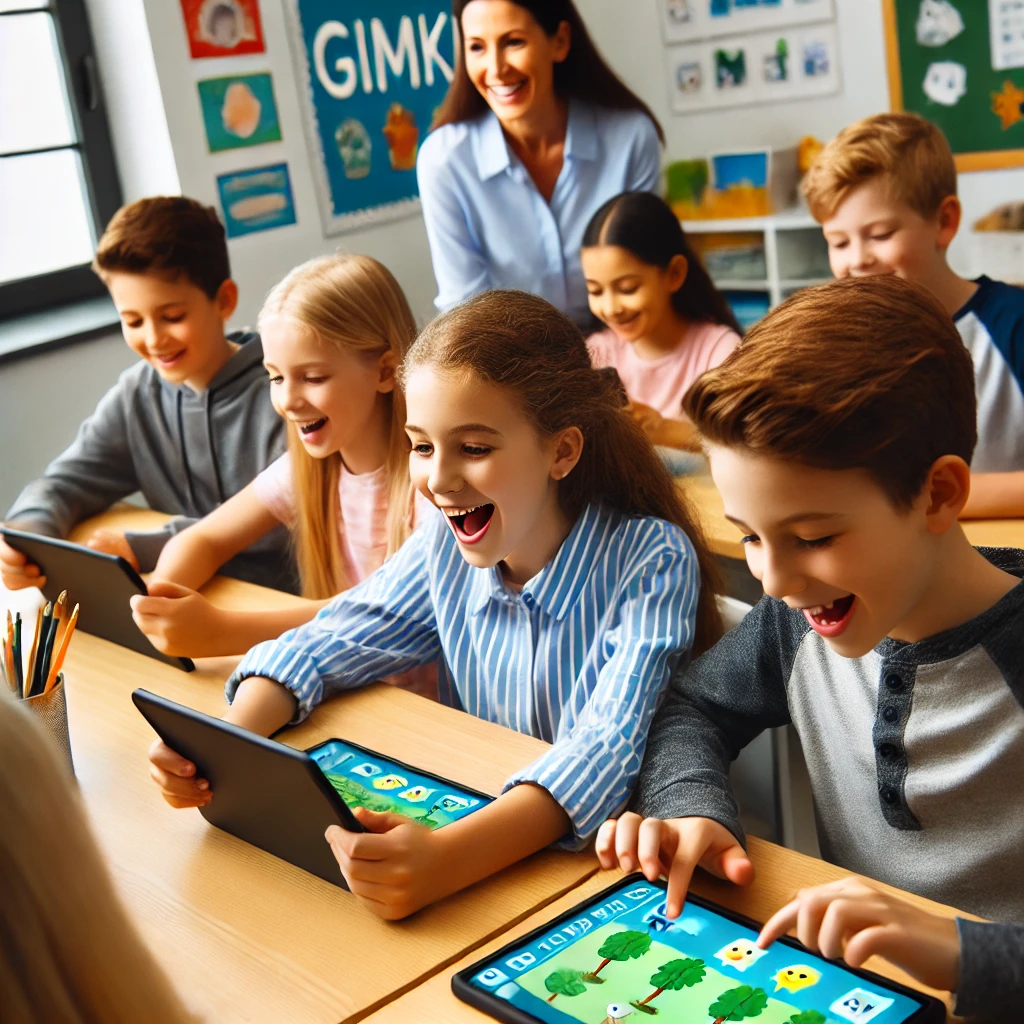
Strategy A: Differentiated Workflow Using Data
Instead of having everyone follow the same sequence, use Gimkit data to differentiate the subsequent tasks on Padlet and Flip:
- Gimkit (The Diagnostic): Play a short pre-assessment kit.
- Padlet (The Intervention):
- High Scorers: Go to a “Challenge Padlet” where they must find and post a complex, related problem for their peers to solve.
- Low Scorers: Go to a “Reteach Padlet” containing curated video links and simplified concept summaries that they must review collaboratively.
- Flip (The Mastery Check): All students record a video demonstrating their final understanding of the concept, now customized by their specific learning journey. This is a robust use of asynchronous and synchronous learning.
Strategy B: Project-Based Learning (PBL) Synergy
This combination is ideal for Gimkit for group projects because it provides structure for both the research and the presentation phases of PBL:
Tips for a Seamless Gimkit Flipgrid Padlet Integration
Achieving high marks in multi-tool lesson planning EdTech requires attention to detail:
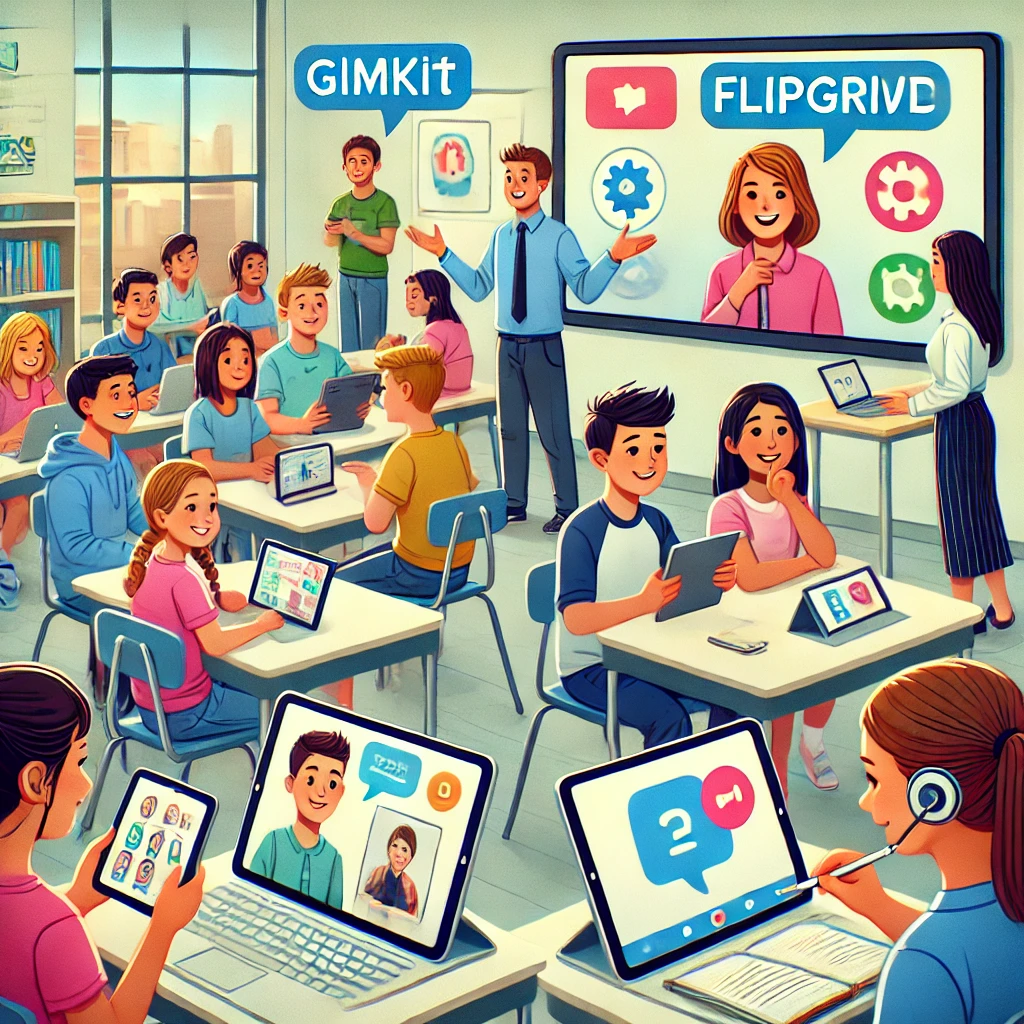
1. Simplify the Digital Workflow
- The Seamless Switch: Embed the Flip or Padlet link directly into the Gimkit instructions (or vice-versa). Use a single, shared link/code for the day’s activity sequence.
- Single Sign-On (SSO): Encourage students to use their Google or Microsoft accounts to sign in across all three platforms (if applicable) to avoid login friction and maximize instructional time.
2. Set Clear Expectations for Collaboration Quality
Don’t just require a video; require a quality video. Don’t just require a post; require a valuable post.
3. Focus on Data and Iteration
Effective EdTech tool integration is cyclical. The data you gather should inform your next tool usage:
- If Gimkit scores are low, focus your next lesson on a Padlet-based collaborative review.
- If Flip videos reveal confusion over a simple definition, start the next day with a quick Gimkit Classic round focused purely on those terms. You can also connect with others in teacher communities for sharing Gimkit tips on successful integration workflows.
Conclusion: The Future of Collaborative Gamification
The age of using EdTech tools in isolation is over. Teachers who master tool stacking—specifically integrating Gimkit with Flipgrid and Padlet—are designing learning experiences that are not only highly engaging but also pedagogically sound. You are transforming solo practice into a dynamic learning ecosystem that fosters true collaboration, metacognition, and creative expression.
By focusing on deep structure, E-E-A-T, and strategic EdTech tool integration classroom, you ensure your students are prepared with the 21st-century skills necessary for success.
